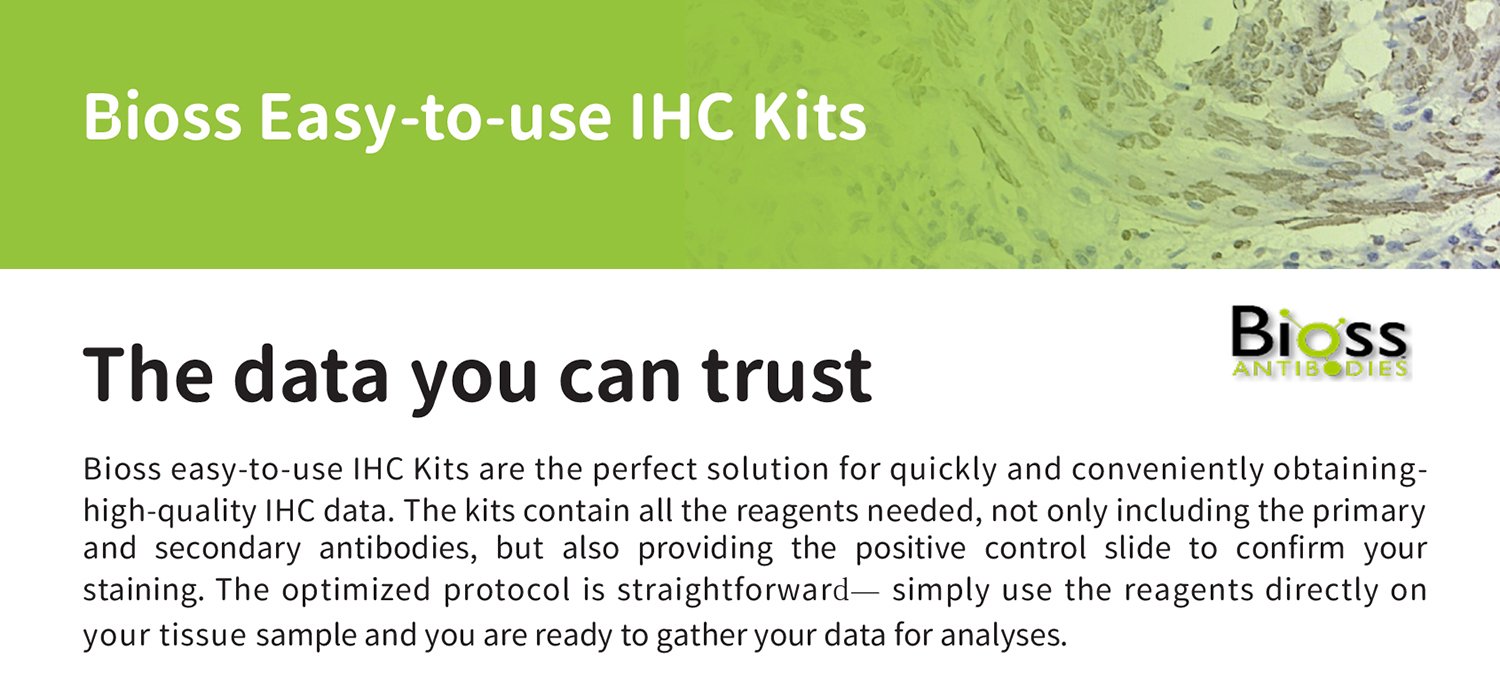Frequently Asked Questions about Protein Lyophilization and Reconstitution
antibody reconstitution
- Why do proteins need to be lyophilized?
Proteins are heat sensitive, and lyophilization preserves most of the protein activity, improves protein stability and shelf life, and reduces shipping costs.
- What are the effects of lyophilization on proteins?
Freeze-drying may cause a partial loss of protein activity, aggregation, and other denaturation problems. However, these negative effects can be minimized by adding protective agents before lyophilization and controlling the temperature and pressure of lyophilization.
- What are the commonly used lyophilization protectants?
Protectants are protective agents used to protect the protein during lyophilization and storage. Commonly used protectants or stabilizers are sugars such as mannitol, trehalose, sucrose, glucose, or lactose. The lyophilization protectants significantly prevent protein secondary structure changes as well as protein stretching and aggregation during lyophilization or post-lyophilization.

- How do I reconstitute the dried protein powder? Should I add sterile water or PBS to re-solubilize?
We recommend using pure, sterile water as a re-solvent. Add purified water to the recommended volume and gently shake the container to dissolve the protein completely and uniformly. PBS can also be used as a reconstitution buffer because the salt in PBS can be negligible in the reconstitution system.
- Why do some lyophilized antibody instructions show the storage solution and the concentration?
This is not a mislabeling for many antibody products. The storage solution and concentration labeled here refer to the storage conditions of the antibody before it is made into a lyophilized powder. For instance, the storage solution before lyophilization is typically a sterile PBS buffer at pH 7.4, with a 1mg/ml concentration. Once you receive the antibody product, you can easily reconstitute it by adding the appropriate volume (Mass/Con.) of sterile water. This will result in the storage condition of the reconstituted antibody being the same as it was before lyophilization. Additionally, antibody manufacturers usually provide recommended dilution factors for a given antibody's applications, which are based on the original concentration of the antibody before lyophilization.
- Precautions for antibody reconstitution and storage
Suppose the storage solution does not contain bovine serum albumin (BSA) and preservatives, such as sodium azide. In that case, the antibody can be reconstituted with the appropriate amount of BSA to maintain antibody stability and a final concentration of 0.02% (w/v) sodium azide to prevent microbial contamination of the antibody. Additionally, glycerol can be added as a cryoprotectant to prevent damage from freezing and thawing.
However, these components can interfere with the effectiveness of coupling the antibody to fluorescent dyes, metals, and enzymes. BSA can compete with the primary antibody to bind the conjugate, significantly reducing the coupling efficiency. Sodium azide is cytotoxic, limiting the use of antibodies in live cells or in vivo studies, and can also inhibit enzyme activity, which can impede antibody coupling.
Therefore, it is important to verify that components added to the storage solution do not impair the subsequent application and stability of the antibody.
%20(5).png?width=480&height=240&name=Check%20out%20our%20blog%20(500%20%C3%97%20100%20px)%20(5).png)
